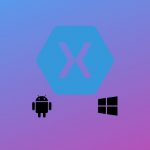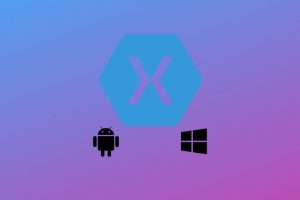Working with MySQL Databases using Talend Studio
Learn how to make a table, how to handle mistakes, how to define a schema, and how SCD Type 1 and Type 2 work.
What you’ll learn
Working with MySQL Databases using Talend Studio
- Setting up Talend Studio.
- The process of getting data from MySQL database tables
- In MySQL, you can make tables.
- Using the best practices.
- Updating the metadata.
- A way to deal with mistakes.
-
SCD Type 1
-
SCD Type 2
Requirements
-
none
Description
Talend Studio for Data Integration dramatically speeds up the design of data integration jobs through an easy-to-use graphical environment. With built-in connectors to both source and target systems, it can be set up quickly and cut down on maintenance costs. It can be used for all kinds of data integration, migration, and synchronization.
As soon as possible, this course shows you how to use Talend Studio for Data Integration quickly. It talks about the basics of Studio and how you can use it to build reliable, long-term data integration tasks that solve real-world problems, like extracting data from common databases and files, transforming it, and putting it together in new ways.
What you will learn:
- Setting up Talend Studio.
- Getting your first job done.
- Running a business.
- This will help you a lot when you use the component!
- Designing a job with the best practices in mind.
- A table is made by making and reading it
- SCD Type 1 and Type 2
- People who deal with errors do this.
- In MySQL, you can make tables.
- The process of getting data from MySQL database tables
- Using the best practices.
- Updating the metadata.
- TMap can be used for this.
- Using tMap to connect data.
- Another way to process data is to use other parts.
- When you make a built-in context variable, you can use it.
- Using context variables to connect to databases.
- Then, make a group in the repository.
- When you load context variables from a flow.
- Building a job that stands alone.
- In this case, we’re making a new job.
- Starting to make a Docker file.
- Taking care of a file.
- Processing the files.
- Detecting and correcting simple mistakes.
- Raising a red flag.
Who this course is for:
- Students, professionals, Web developers, graduates, post-graduate students, and a Data base expert are all in this group.
SwiftUI – The Complete Cookbook of Code










